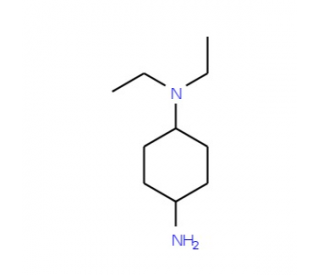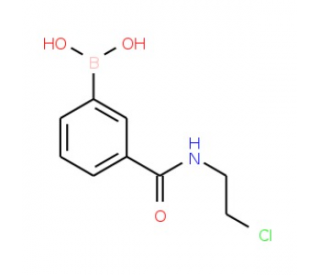详细说明
Purity
>95%, by SDS-PAGE visualized with Silver Staining and quantitative densitometry by Coomassie® Blue Staining.
Endotoxin Level
<0.10 EU per 1 μg of the protein by the LAL method.
Activity
Measured by its ability to inhibit LIF-dependent proliferation of TF‑1 human erythroleukemic cells. Kitamura, T. et al. (1989) J. Cell Physiol. 140:323. The ED 50 for this effect is typically 1-6 μg/mL in the presence of 0.3 ng/mL of recombinant human LIF.
Source
Human embryonic kidney cell, HEK293-derived Met1-Ser833
Accession #
N-terminal Sequence
AnalysisGln45 predicted: No result obtained, sequencing might be blocked
Predicted Molecular Mass
89.4 kDa
SDS-PAGE
110-140 kDa, reducing conditions
7487-LR |
| |
Formulation Lyophilized from a 0.2 μm filtered solution in PBS. | ||
Reconstitution Reconstitute at 300 μg/mL in PBS. | ||
Shipping The product is shipped with polar packs. Upon receipt, store it immediately at the temperature recommended below. | ||
Stability & Storage: Use a manual defrost freezer and avoid repeated freeze-thaw cycles.
|
Background: LIF R alpha
Leukemia Inhibitory Factor Receptor alpha (LIF R alpha ), also known as LIFR beta and CD118, is a 190 kDa type I transmembrane protein in the Interleukin-6 receptor family. Members of this family mediate the biological effects of Cardiotrophin-1, CLC, CNTF, IL-6, IL-11, IL-27, and Oncostatin M (1). Mature human LIF R alpha consists of a 789 amino acid (aa) extracellular domain (ECD) with two cytokine receptor homology domains, one WSxWS motif, and three fibronectin type III repeats, followed by a 25 aa transmembrane segment and a 239 aa cytoplasmic domain (2). Within the ECD, human LIF R alpha shares 72% aa sequence identity with mouse and rat LIF R alpha. LIF R alpha binds the pleiotropic cytokine LIF with low affinity (3). Binding affinity is increased by the ligand-induced association of LIF R alpha with the signal transducing subunit gp130 (4, 6). The LIF R alpha /gp130 receptor complex also transduces Oncostatin M signals, although LIF R alpha alone does not interact with Oncostatin M (4). gp130 associates with different ligand-specific receptors to form signaling receptor complexes for the other IL-6 family ligands (1). The CNTF receptor is a ternary complex that contains CNTF R alpha and gp130 as well as LIF R alpha (6, 7). LIF R alpha is widely expressed, and LIF induces the proliferation, differentiation, and activation of cells in many tissues (8, 9). In particular, LIF R alpha plays an important role in several aspects of early pregnancy such as blastocyst implantation in the uterus (10-12).
References:
Muller-Newen, G. (2003) Science STKE 2003:pe40.
Gearing, D.P. et al. (1991) EMBO J. 10:2839.
Layton, M.J. et al. (1992) Proc. Natl. Acad. Sci. 89:8616.
Gearing, D.P. et al. (1992) Science 255:1434.
Giese, B. et al. (2005) J. Cell Sci. 118:5129.
Ip, N.Y. et al. (1992) Cell 69:1121.
Davis, S. et al. (1993) Science 260:1805.
Metcalf, D (2003) Stem Cells 21:5.
Kubota, Y. et al. (2008) J. Clin. Invest. 118:2393.
Paiva, P. et al. (2009) Cytokine Growth Factor Rev. 20:319.
Stewart, C.L. et al. (1992) Nature 359:76.
Cheng, J.-G. et al. (2001) Proc. Natl. Acad. Sci. 98:8680.
Long Name:
Leukemia Inhibitory Factor Receptor alpha
Entrez Gene IDs:
3977 (Human); 16880 (Mouse); 81680 (Rat)
Alternate Names:
CD118 antigen; CD118; FLJ98106; FLJ99923; leukemia inhibitory factor receptor alpha; leukemia inhibitory factor receptor; LIF R alpha; LIF R beta; LIF receptor; LIFR; LIF-R; LIFRa; SJS2; STWS; SWS










 粤公网安备44196802000105号
粤公网安备44196802000105号